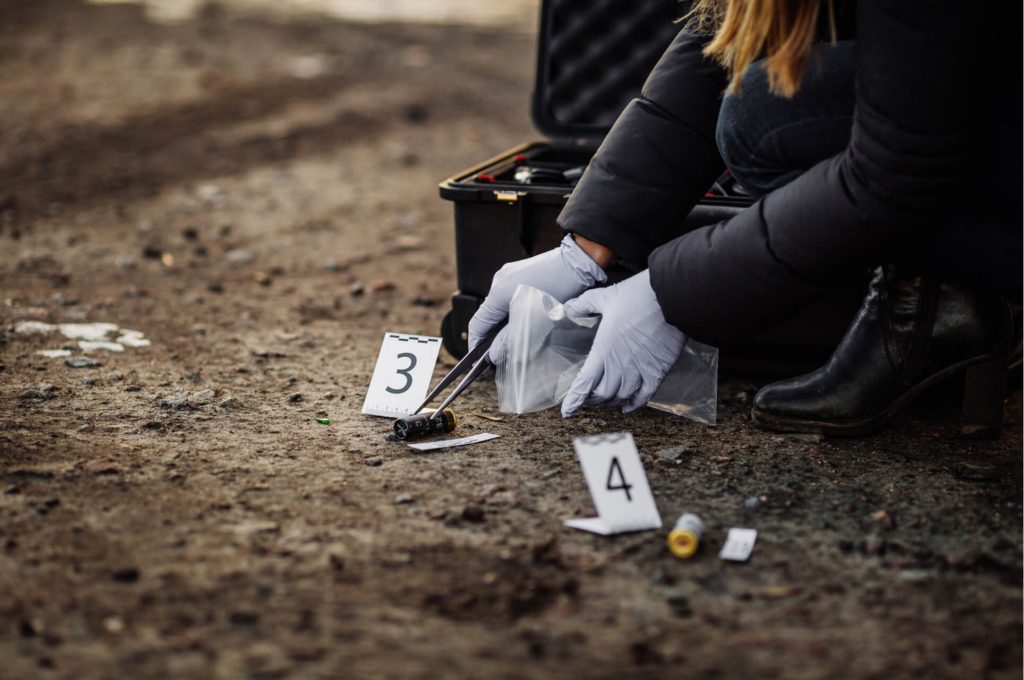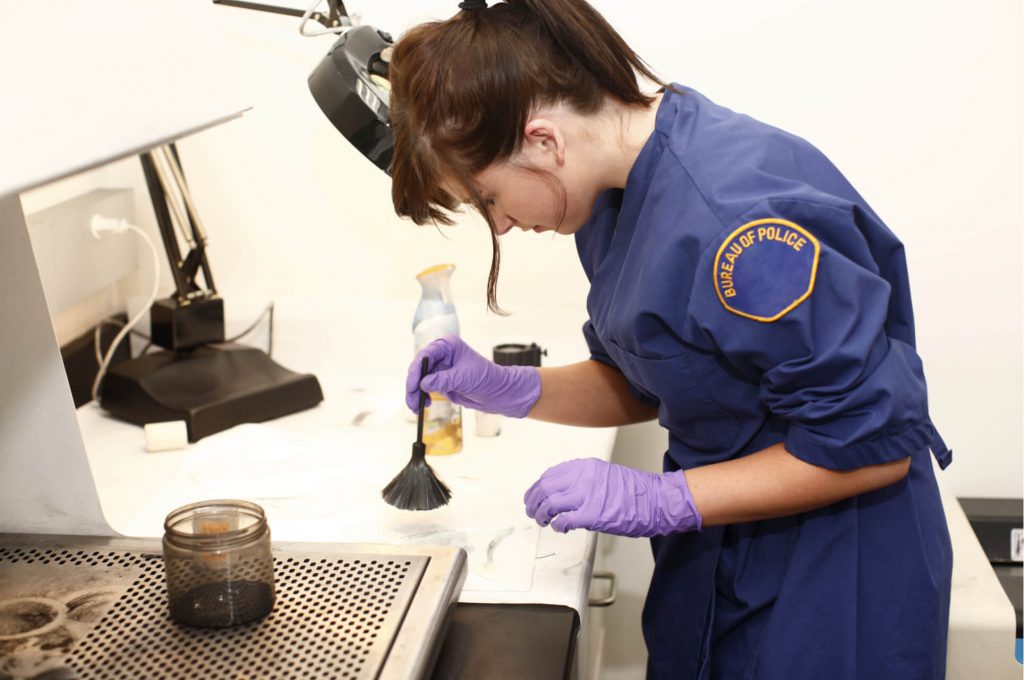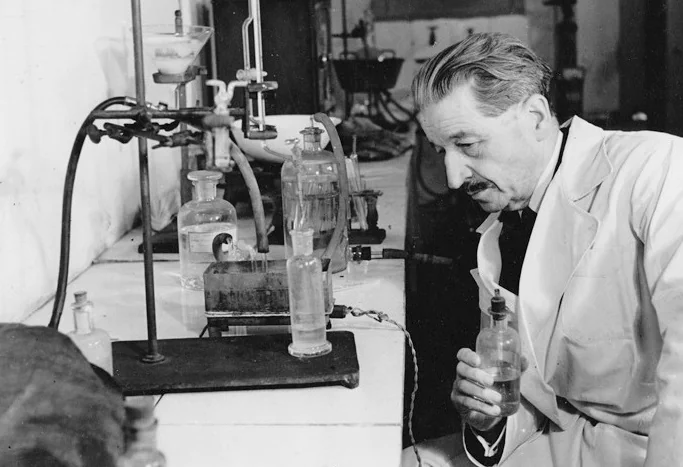In the modern age, a forensic examination is a staple part of any police investigation. Television programs such as CSI and Silent Witness popularized the profession in the mid-2000s, bringing wider appeal to the area of study. However, scientific criminology goes back a lot further than the early 21st century and, were it not for a real-life Sherlock Holmes in 1900s France, we might not have a fraction of the resources we do today.
The Studies of the First CSI
Edmond Locard was born in the late 19th century and grew up during the advent of Arthur Conan-Doyle’s famous adventures of Sherlock Holmes, Locard admiring the fictional character’s deductive reasoning and mastery of chemistry.

Locard’s first foray into his future career was propelled by his decision to study medicine at the University of Lyon in his hometown. He had long harbored an interest in the conjunction of law and science, going as far as titling his medical thesis, ‘Legal Medicine under the Great King.’ Before studying law, Locard trained under physician and criminologist Alexandre Lacassagne.
Upon passing the bar, Locard was armed with the knowledge of science, medicine and law to help him follow his passion, and began a global tour to further his understanding of the criminal world. Upon his first stop in Paris, Locard spent time with police officer Alphonse Bertillon – whose body measuring system of anthropometry was an early precursor to Locard’s future fingerprinting technique.
Lyon’s First Forensic Laboratory
After the worldwide tour that took him across the Atlantic to New York, Locard returned to Lyon in 1910 as it was experiencing a wave of unusually violent murders. In light of these crimes, Locard convinced the Lyon police force to provide him with two unused attic rooms in which he could process criminal evidence. These two rooms were to become the first permanent laboratory dedicated to forensic criminology.

It was from within the walls of these rooms that Locard began to solve some of the highest-profile criminal investigations from around the world. One of his first cases was the 1912 hunt for the Lyon Strangler, who was suspected of strangling a young woman called Marie Latelle to death. The main suspect was her boyfriend Emile Gourbin, who claimed that he had spent the evening she died playing cards with his friends, all of whom corroborated his story.
However, Locard analyzed the grime beneath Gourbin’s nails and discovered makeup that he was able to match to the cosmetics worn by Latelle. Unable to dispute such damning evidence, Gourbin was forced to confess to the murder.
Once word of Locard’s ability began to spread, mysteries from each corner of the globe began to make their way to his laboratory. Two came from Africa, including a case in which he was tasked with deciphering a dozen wills from Egypt in order to reveal which will, detailing an inheritance of over a million dollars, was the genuine article. In another instance, Locard was mailed poisoned arrows that had been used to kill an African merchant.
The Legacy of Locard
Today, echoes of Locard’s experiments and findings are still heard, as forensic departments everywhere use his teachings to solve investigations. One of his most famous lessons is ‘Locard’s Exchange Principle’ which states that when two things come into contact each object will leave trace amounts of itself on the other. If someone sits on a chair, they will leave fibers from their clothes on the chair and fibers from the chair will remain on their clothes.

It is also thanks to Edmond Locard that we have the fingerprinting techniques that we still use today. During his studies into dactylography he purported that if twelve points of comparison could be found between two fingerprints, this would be enough to confirm a match. This method of identification proved so successful that it soon replaced the traditional method of anthropometry that had been founded by his old mentor.
However, in what would become one of the greatest tragedies in forensic science, Locard, along with fellow forensic experts across Europe, founded the International Academy of Criminalistics in Switzerland in 1929. Unfortunately the academy was destroyed during World War Two, never to be rebuilt.
Leaps and Bounds
Thanks to big-budget television, the common concept of a forensics laboratory is a gleaming white scientific center, filled with high-tech machinery and touchscreen computers capable of finding a fingerprint match in seconds. It is all too easy to forget that, without Edmond Locard’s painstaking research in two dusty attic rooms, we might not have solved all of the crimes we have, and it is important to remember the extent to which this scientist, who lived one hundred years ago, impacted the world of law enforcement to such a degree that he is still studied and revered today.

